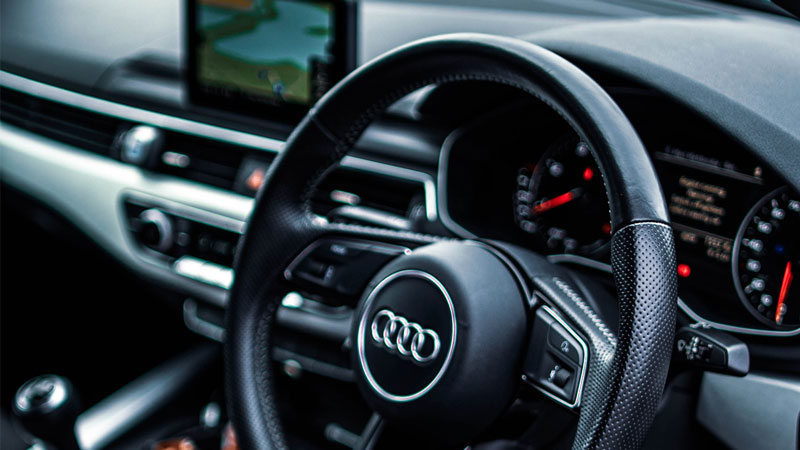New cars are packed with technologies to make driving safer and more comfortable. While some drivers have no idea about their in-car tech, others may rely on it too much. As new safety technologies in cars are mandated, it is important to ask whether they are doing the job properly.
What is in-car tech?
The main types of in-car tech are automatic emergency braking, adaptive cruise control and lane-keeping assist. Luxury vehicles have more cameras and sophisticated sensors, for example, driver gesturing works instead of knobs or buttons.
Consumer Reports (US) claimed advanced driver-assist systems (ADAS) could save over 20,000 lives each year. They are not the only ones who think so. In the next 10 years in Europe, manufacturers will have to install in-car tech just to stay legal. Even without these laws, Australia will be importing vehicles with these legal safety features.
According to Deloitte, electronics could make up 45-50% of the cost of a new car by 2030. But does in-car tech work?
Does in-car tech work?
Unfortunately, these systems do not work all the time. They can fail to engage, stop working without warning, or do the opposite to that intended.
Research by the American Automobile Association (AAA) finds that advanced driver assistance systems (ADAS) are often inconsistent and potentially dangerous. It looked at level two technologies, including adaptive cruise control, lane keeping and collision avoidance. These are crucial because they allow the car to steer, brake and accelerate by itself.
Vehicles with these technologies had a problem, on average, every 13kms.
On public roads, three quarters of errors were in lane departure or erratic lane positioning. This was mainly because cameras could not see faded lane markers or the sun created too much glare.
On test roads only, vehicles performed better but collided two thirds of the time with a simulated disabled vehicle. The average impact speed was 40kmh.
Australian safety body, ANCAP, says it is currently focusing on the accuracy of automatic emergency braking (AEB) and lane-keeping assist. To stay in a lane, the car must take control of the steering wheel. Like the AAA, ANCAP wants to know if the vehicle always keep within the lane or whether it sometimes veers into another one.
How do drivers react to in-car tech?
Other AAA research found vehicle owners were positive about in-car tech:
- 66% of vehicle owners trust assistance technology
- 75% find the technology useful
- 70% would recommend it.
Even so, many drivers had no idea what these technologies do and were taking unnecessary risks with them.
When drivers used adaptive cruise control and lane keeping at the same time, they were 80% more inclined to do a secondary task. They took frequent and longer looks at non-driving tasks. Once they moved past the novelty phase and got used to in-car tech, they adapted to and over-trusted it.
They felt a false sense of safety – the very opposite of the result intended.
Do we want in-car tech?
According to JD Power, we want some in-car tech but not all of it. Volvo was rated highest overall, for adoption and execution of its in-car tech. Hyundai was the top mass market brand.
Power found owners like having cameras around their vehicles and particularly liked camera rear view and camera ground view mirrors. They were most irritated by technologies which used hand gestures rather than knobs. Gesture-related functions accounted for 36% of problems, more than twice the rate of the second worst functions.
Yet when cars take over acceleration, braking and steering, it is about “as appreciated as a backseat driver”. Owners said they did not trust this technology and found it annoying or distracting.
At this stage, it is arguable to claim in-car tech makes driving safer. It may well improve safety when we can trust and use it with full knowledge of its abilities and weaknesses. But until then, it continues to add a new dimension of risk.
Also see Are car safety features effective?


your opinion matters: